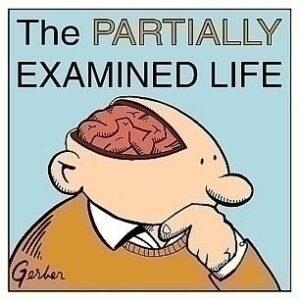
In this episode of the Huberman Lab podcast, Dr. Andrew Huberman dives into the science of healthy hair, hair loss, and how to regrow hair. He discusses the various factors that regulate hair growth, including hormones, mechanical influences, and stress. Dr. Huberman also dispels common myths about balding and hair replacement. This episode is sponsored by Helix Sleep, HVMN ketone IQ, and Roka eyeglasses and sunglasses.
Hair growth is regulated by hormones such as estrogen, thyroid hormone, and insulin-like growth factor. Androgens like testosterone control the stem cell pool responsible for hair growth. Stem cells located in the hair bulb give rise to the different types of cells that make up the hair. Mechanical and chemical approaches can slow down or reverse hair loss by stimulating blood flow to the hair follicles and activating stem cells.
Dihydrotestosterone (DHT), a hormone derived from testosterone, plays a role in hair loss by inhibiting the action of insulin-like growth factor 1 (IGF1) and cyclic AMP, which are essential for hair growth. Medications like finasteride and herbal compounds like Saw Palmetto can reduce DHT levels and promote hair growth. Topical finasteride is a safer alternative to oral finasteride, with fewer side effects.
Microneedling and PRP injections can stimulate hair growth by activating semi-quiescent populations of stem cells. Botox injections to the scalp relieve tension and increase blood flow to the hair follicles. Mechanical manipulations like massage and scalp heating can also support hair growth by increasing blood flow.
The notion that balding patterns are inherited from the mother’s father is a myth. Treatments like minoxidil, finasteride, and caffeine can help slow down hair loss and maintain hair growth. PRP injections and microneedling show promise in stimulating hair growth. It’s important to seek professional advice and choose the appropriate treatment based on individual needs.
Understanding the factors that regulate hair growth and cause hair loss is essential for finding effective treatments. Hormones, mechanical influences, and stress all play a role in hair health. By utilizing various approaches, such as hormone regulation, mechanical stimulation, and proper scalp care, individuals can slow down hair loss and potentially regrow hair. It’s important to consult with healthcare professionals to determine the best course of action for each individual’s specific needs.